How to Make Fajita Beef Seasoning at Home
Creating restaurant-quality fajita beef seasoning at home is simple with this easy 8-ingredient recipe. The perfect balance of cumin, garlic powder, smoked paprika, and citrus zest delivers authentic Tex-Mex flavor in minutes. Here's exactly what you need:
- 2 tbsp ground cumin
- 1 tbsp garlic powder
- 1 tbsp onion powder
- 1 tsp smoked paprika
- 1 tsp chili powder
- ½ tsp dried oregano
- 1 tsp sea salt
- ½ tsp black pepper
Mix all ingredients thoroughly and store in an airtight container for up to 6 months. For best results, use within 3 months to maintain peak flavor intensity.
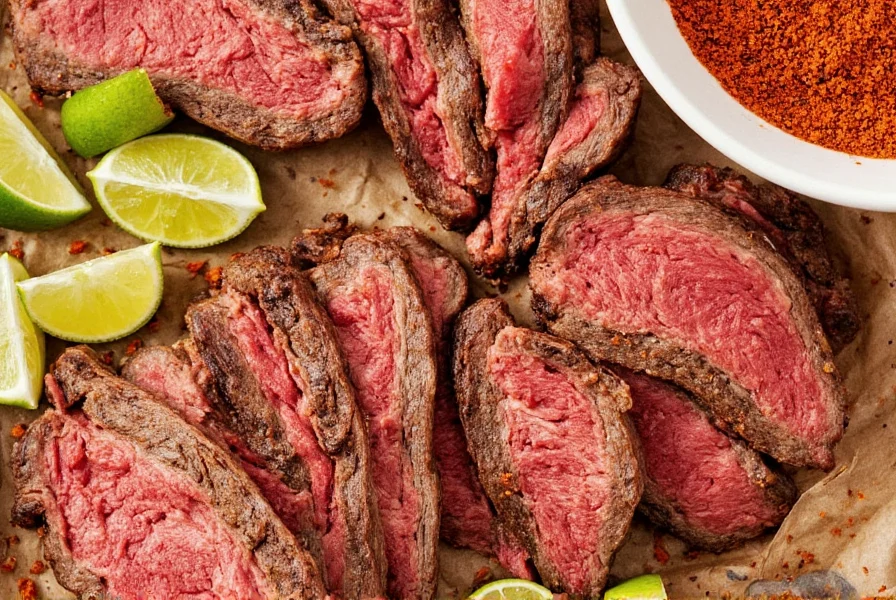
What Makes Fajita Seasoning Unique?
Fajita beef seasoning isn't just a random mix of spices thrown together—it's a carefully balanced blend that highlights bold flavors without overpowering the natural taste of the meat. Unlike other taco or burrito seasonings, fajita mixes are typically lighter on chili powder and heavier on aromatics like onion and garlic powder, paprika, and sometimes even citrus zest. This gives the beef a deep, savory base with a hint of smokiness and brightness.
10 Sizzling Tips for Perfect Fajita Beef Seasoning
- Dry Brine Your Meat: Don't just sprinkle seasoning on top—rub it in and let the beef sit for at least 30 minutes before cooking. This allows the flavors to penetrate deeply.
- Use High Smoke Point Oil: Avocado oil or grapeseed oil work best when searing beef for fajitas. You want that pan screaming hot to lock in juices and get that perfect char.
- Sear in Batches: Crowding the pan leads to steaming instead of searing. Cook in smaller batches for maximum flavor development.
- Add Citrus Zest: A little lime or lemon zest goes a long way in brightening up the rich flavors of the beef and spices.
- Toast Your Spices First: For homemade blends, toast whole spices like cumin seeds before grinding. This unlocks their aromatic oils and intensifies flavor.
- Brown the Peppers Separately: To maintain texture and avoid overcooking the veggies, cook the onions and peppers after the beef has been seared and removed.
- Balance Sweetness and Heat: Add a pinch of smoked paprika or a drop of honey to balance out any bitterness or overwhelming heat from chilies.
- Let It Rest: Once cooked, allow the beef to rest for 5–10 minutes before slicing. This ensures juicier, more flavorful results.
- Don't Forget the Salt: While many seasoning blends contain salt, don't be afraid to add more at the end if needed—especially after the moisture from veggies is released.
- Serve Hot and Fresh: The essence of fajitas lies in their sizzling presentation. Serve immediately on warm tortillas with fresh toppings for the ultimate experience.
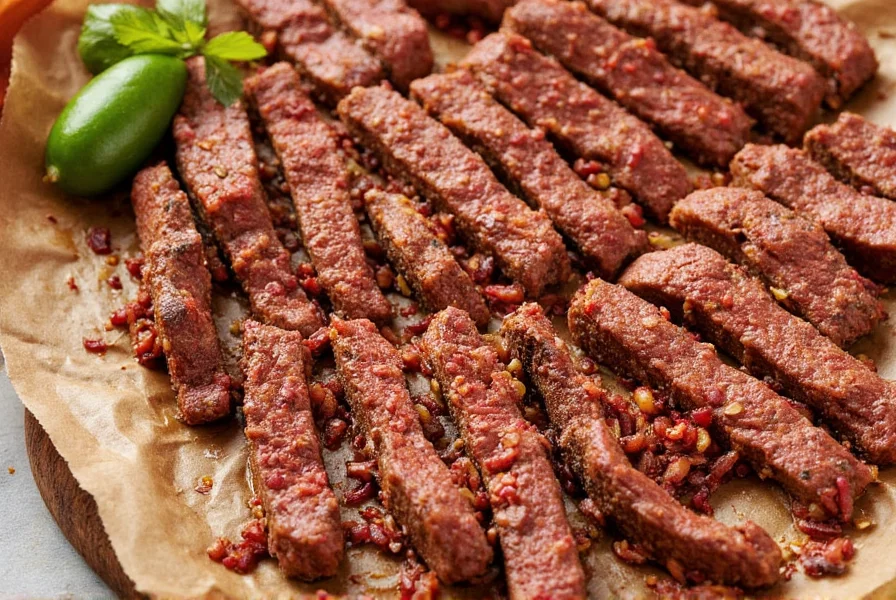
| Spice | Flavor Profile | Function in Fajita Seasoning |
|---|---|---|
| Cumin | Earthy, nutty, slightly bitter | Forms the backbone of most Tex-Mex spice blends; adds warmth and depth |
| Garlic Powder | Pungent, savory, umami-rich | Enhances meaty flavors and boosts aroma |
| Onion Powder | Mildly sweet, earthy | Complements garlic and balances acidity from tomatoes or lime |
| Paprika (smoked preferred) | Smoky, sweet, slightly peppery | Adds color and mimics grilled flavor |
| Chili Powder | Spicy, earthy, complex | Provides mild heat and complexity |
| Oregano | Herbaceous, slightly bitter | Brings an herbal note often found in Mexican cooking |
| Black Pepper | Pungent, sharp | Enhances all other flavors and adds bite |
| Sea Salt | Savory, mineral-rich | Enhances sweetness and suppresses bitterness |

DIY vs Store-Bought Fajita Seasoning
You've got options when it comes to fajita beef seasoning: make your own or buy a premixed blend. Both have pros and cons depending on your time, preferences, and pantry setup.
Homemade Fajita Seasoning
Rolling your own seasoning lets you customize the heat level, reduce sodium, and eliminate preservatives. Plus, nothing beats the satisfaction of crafting your own blend.
Store-Bought Options
When you're short on time, store-bought blends can still deliver great flavor. Look for brands with clean labels and minimal additives. Here's a comparison of some popular ones:
| Brand | Key Features | Best For | Price Range |
|---|---|---|---|
| McCormick Fajita Seasoning Mix | Classic blend, easy to find, consistent flavor | Everyday use, convenience-driven cooks | $ |
| Badia Tex Mex Blend | Contains real lime, cilantro, and no MSG | Health-conscious home cooks | $$ |
| Simply Organic Fajita Seasoning | Organic, non-GMO, and USDA-certified | Organic eaters and eco-conscious buyers | $$ |
| El Paso Fajita Mix | Strong pepper-forward profile, robust flavor | Taste-focused chefs and Tex-Mex lovers | $ |
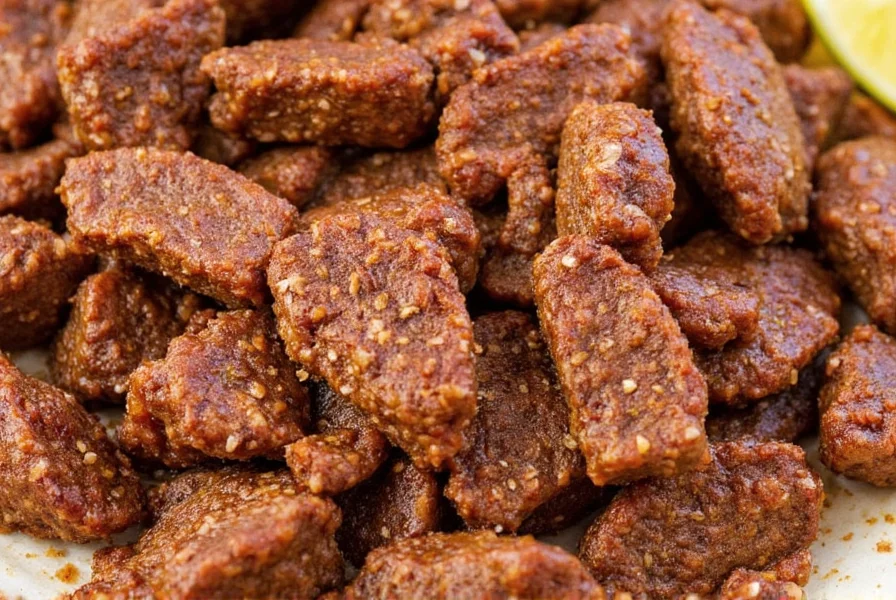
Buying Guide: Choosing the Best Fajita Beef Seasoning
Whether you're buying pre-mixed or sourcing individual spices for your homemade blend, knowing what to look for makes a big difference in flavor and performance.
Factors to Consider When Buying Fajita Seasoning
- Ingredient Transparency: Always check the label. Avoid products with artificial flavors, excessive fillers, or unrecognizable chemicals.
- Heat Level: Some mixes lean hotter than others. If you prefer milder dishes, opt for blends labeled "mild" or adjust by using less seasoning per serving.
- Aroma: A quality blend should smell vibrant and fragrant—not stale or dusty. Fresh spices retain essential oils that enhance flavor.
- Package Size: Choose a size that matches your usage frequency. Larger bags are cost-effective if you cook fajitas regularly, while small pouches suit occasional cooks.
- Brand Reputation: Trusted names like McCormick, Badia, and Simply Organic offer consistency and reliability. But don't shy away from niche brands—they often bring unique profiles to the table.
Top Picks for Fajita Beef Seasoning
- Best Overall: McCormick Original Fajita Seasoning – Reliable, widely available, and consistently tasty.
- Best Organic: Simply Organic Fajita Seasoning – Clean ingredients with certified organic spices.
- Best for Bold Flavors: El Paso Fajita Mix – Rich, smoky, and packed with flavor.
- Best for Low-Sodium Diets: Badia Tex Mex Blend – Balanced taste without relying heavily on salt.
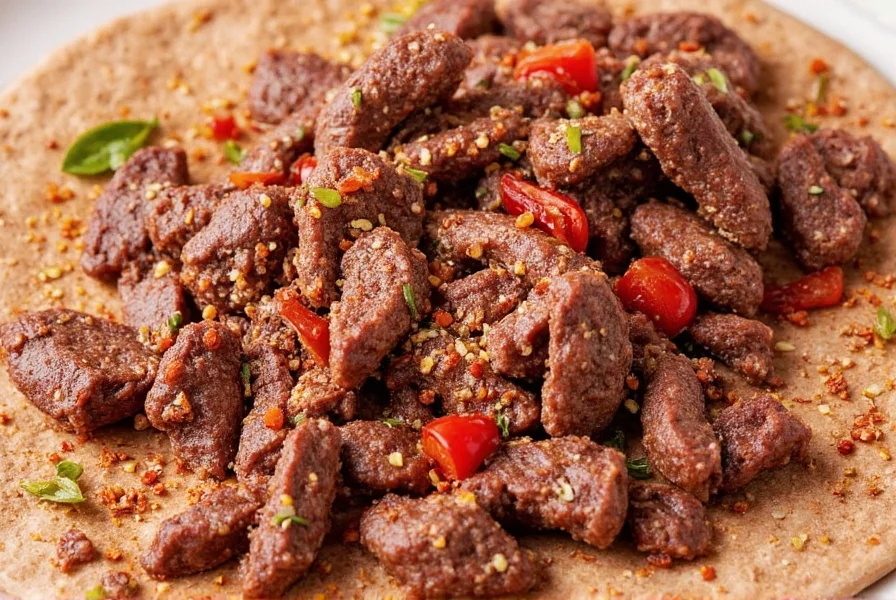
Cooking Techniques to Maximize Flavor
Even the best fajita beef seasoning can fall flat if not applied correctly. Here are some pro techniques to ensure every bite bursts with flavor:
- Use Thinly Sliced Beef: Skirt steak is ideal for fajitas due to its marbling and tenderness. Slice it against the grain for maximum softness.
- Preheat the Pan: Cast iron works best because it retains heat. Let it get piping hot before adding oil and beef.
- Browning Is Key: Aim for a dark golden crust on each side of the beef slices—this creates those coveted Maillard reaction flavors.
- Rest the Meat: After searing, give the beef a few minutes to rest so juices redistribute evenly.
- Layer Toppings Wisely: Guac, pico de gallo, sour cream, and pickled jalapeños add cooling contrast to the spiced meat.
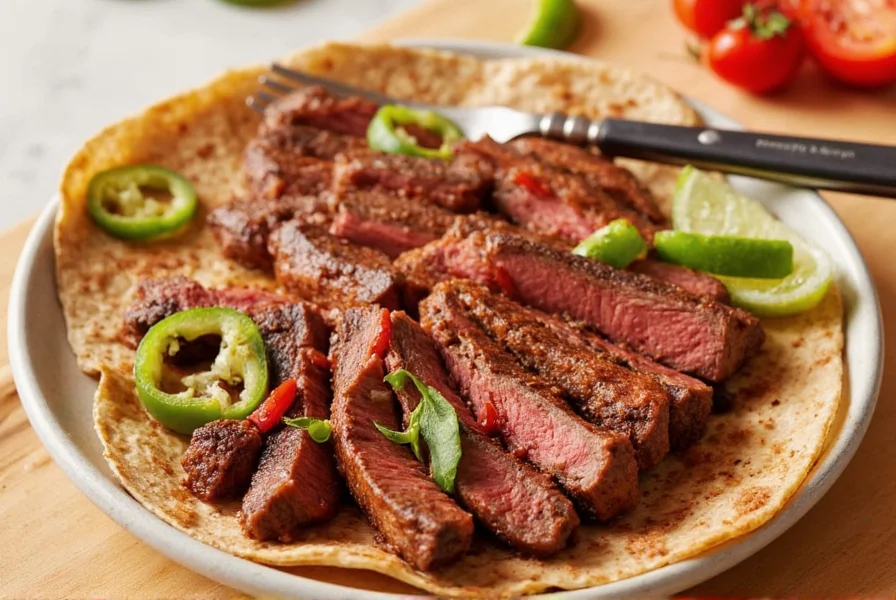
Conclusion: Sizzle Into Flavorful Perfection
Fajita beef seasoning is more than just a blend of spices—it's a flavor gateway to the heart of Tex-Mex cooking. With the right combination of ingredients, application methods, and a bit of culinary intuition, you can transform a humble cut of beef into a feast-worthy dish. Whether you're experimenting with homemade mixes or exploring premium store-bought blends, the key is to balance heat, aroma, and depth for that unmistakable fajita flair.
So fire up that skillet, grab your favorite seasoning, and let your taste buds do the talking. The world of fajita beef seasoning is wide open—and deliciously rewarding.
Frequently Asked Questions About Fajita Beef Seasoning
What is fajita beef seasoning made of?
Traditional fajita beef seasoning typically includes cumin, garlic powder, onion powder, paprika (preferably smoked), chili powder, dried oregano, black pepper, and sea salt. Unlike other Tex-Mex seasonings, fajita blends tend to be lighter on chili powder and heavier on aromatics like garlic and onion, creating a balanced flavor profile that complements rather than overwhelms the beef.
How do you use fajita beef seasoning?
For best results, dry brine your meat by rubbing the seasoning into the beef and letting it sit for at least 30 minutes before cooking. Use approximately 1-2 tablespoons of seasoning per pound of beef. Make sure to sear the beef in a hot pan with high smoke point oil for maximum flavor development and that characteristic char.
What's the difference between fajita seasoning and taco seasoning?
While both are Tex-Mex spice blends, fajita seasoning is typically lighter on chili powder and heavier on aromatics like garlic and onion powder. Fajita seasoning often includes more paprika for smokiness and sometimes citrus elements to brighten the flavors. Taco seasoning usually has more chili powder and oregano, creating a bolder, more assertive flavor profile that stands up to the variety of ingredients in a taco.
How much fajita seasoning should I use per pound of beef?
The ideal ratio is 1-2 tablespoons of fajita seasoning per pound of beef. If you're using a store-bought blend that contains salt, start with 1 tablespoon and adjust to taste. For homemade blends with no added salt, you can safely use up to 2 tablespoons per pound. Remember to let the seasoned meat rest for at least 30 minutes before cooking for optimal flavor penetration.
What cut of beef is best for fajitas?
Skirt steak is traditionally considered the best cut for fajitas due to its rich flavor, marbling, and texture that holds up well to high-heat cooking. Flank steak is a popular alternative that's slightly leaner but still delivers great results when sliced properly against the grain. Both cuts benefit from marinating or at least dry brining with fajita seasoning to enhance tenderness.
Can I use fajita seasoning for chicken or other proteins?
Absolutely! Fajita seasoning works wonderfully with chicken, shrimp, pork, and even vegetables. When using with chicken, you may want to reduce the cooking time since poultry requires less time than beef. For shrimp, use slightly less seasoning as seafood has a more delicate flavor. The seasoning's balance of smoky, savory, and bright elements complements most proteins beautifully.
How long does homemade fajita seasoning last?
Properly stored in an airtight container away from heat and sunlight, homemade fajita seasoning will maintain its peak flavor for 4-6 months. While it won't spoil after this time, the essential oils in the spices will gradually evaporate, resulting in diminished flavor intensity. For best results, label your container with the preparation date and consider making smaller batches if you don't cook fajitas frequently.
Is fajita seasoning gluten-free?
Most fajita seasonings are naturally gluten-free since they consist primarily of spices and herbs. However, some commercial blends may contain anti-caking agents or fillers that could include gluten. Always check the label if you have gluten sensitivities. When making your own blend at home, you can ensure it's completely gluten-free by using pure spices with no additives.

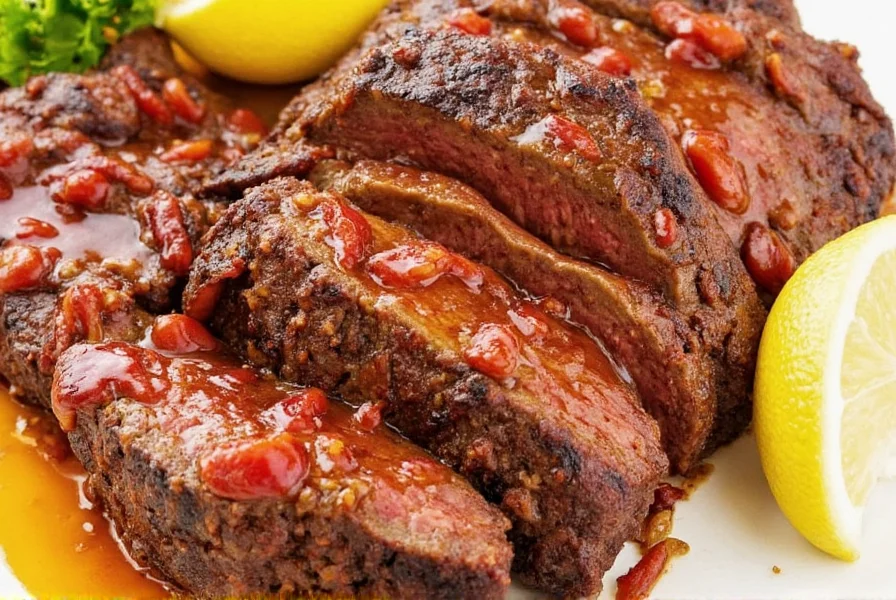









 浙公网安备
33010002000092号
浙公网安备
33010002000092号 浙B2-20120091-4
浙B2-20120091-4